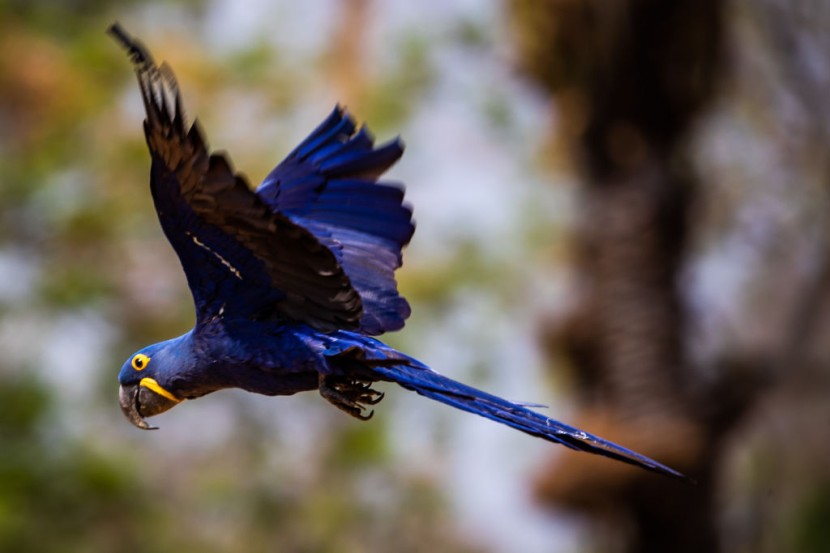
A species of toothless, two-fingered dinosaur was detected and has proven that a group of parrot-like animals existed over 68 million years ago.
According to researchers, the peculiar dinosaur species had one less finger on each forearm than its close relatives. This posits adaptability that allowed the animals to become prevalent during the Late Cretaceous Period.
The scientific discovery was courtesy of a team of paleontologists spearheaded by specialists from the University of Edinburgh. Numerous complete skeletons of the feathered dinosaur species named Oksoko avarsan have been detected in Gobi Desert in Mongolia, supporting the theory of evolution, reported Knowledia.
The creatures grew to an estimated two meters long with a huge, toothless beak identical to that of parrots nowadays. The species would consume other animals and plants, reported Independent.
First Direct Evidence of Digit Loss in the 3-Fingered Family of Dinosaurs
The fossils unearthed by the researchers are significantly well-preserved. They provide the first direct backing of digit loss in the three-fingered dinosaur family named oviraptors. Forearm adaptations to the animal posit that they were able to alter their diet and lifestyles in order for them to multiply and diversify in their habitats.
According to paleontologist Gregory Funston, a post-doctoral researcher at the University of Edinburgh who spearheaded the research study, the complete juvenile skeletons were dug up to be resting together. This explains that young Oksoko avarsan thrived in clusters.
Funston further stated regarding the parrot-like dinosaurs, "But more importantly, its two-fingered hand prompted us to look at the way the hand and forelimb changed throughout the evolution of oviraptors -- which hadn't been studied before," reported CNN.
Also Read : New Dinosaur Species Dated Back to 125 Million Years Discovered in China in Perfect 'Life-like' Postures
The research was published in the journal "Royal Society Open Science." Researchers from the Philip J. Currie Dinosaur Museum in Canada, University of Alberta, the Mongolian Academy of Sciences, and Hokkaido University in Japan were also involved.
According to Funston, the study is fascinating due to the fact that the skeletons are complete. The way they were preserved dwelling together displays that juveniles thrived in clusters. At a young age, it is quite typical for creatures to be social.
Oviraptorosaurs adjust to their environment which may have allowed them to diversify the end of the Cretaceous, he added.
Throughout their evolution period, researchers have evaluated the diminishing in size and loss of the third finger.
'Chicken From Hell'
Aside from parrot-like dinosaurs, another remarkable unearthing was in 2014 when paleontologists revealed a species of oviraptor they dubbed as the "chicken from hell." It was the biggest species of egg-taking oviraptors yet.
According to Emma Schachner, an evolutionary biologist at the University of Utah, it was "the first largely complete skeleton I think anyone has found of these guys." It weighed 600 pounds and is a cross between a velociraptor and an ostrich. Equipped with a bird-like beak and apparent feathers, it has a large crest atop its skull. It ate small animals, vegetation, and perhaps eggs.








